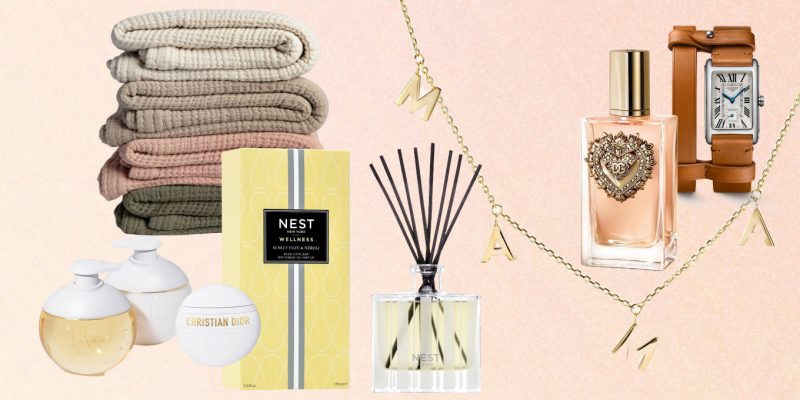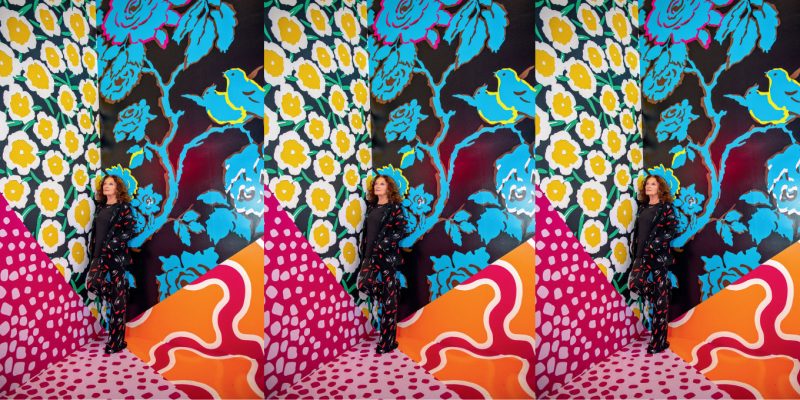Trends
Sky-high: Spring shoes reach new heights
Sky-high heels ruled the spring runways, but will women fall head over heels for these lofty designs?
by : David Livingstone- Apr 1st, 2009
Now that the economy has brought the world to its knees, what need do we have for shoes? But that’s too logical a question. As recent fashion has made clear, footwear isn’t always ruled by reason, and, lately, shoes for women have been especially mad.
At a fundraiser for the Royal Ontario Museum (ROM) in Toronto last fall, the highlight was a personal appearance by Paris-based designer Giambattista Valli and a presentation of his spring/summer 2009 collection. The clothes were pretty, but the mood was tense. Spectators were on the edge of their seats in suspense, sharing the fear that flickered in the eyes of models whose every step was destabilized by shoes with stiletto heels that must have been seven inches high. Another part of the unbalancing act were small platforms on the soles — just under the balls of the feet — making tiptoe the only way to go.
Even Sonja Bata, the founding chairman of the Bata Shoe Museum — just down the road from the ROM — who has seen all the oddities that humans have employed to house their tootsies, was flabbergasted that anything like design would have gone into producing such an unsightly, teetering gait.
Having recently published
Heights of Fashion: A History of the Elevated Shoe, Elizabeth Semmelhack, curator at the Bata Shoe Museum, is still not sure why females have recurrently gone for impossible shoes. “High heels really are counterintuitive,” she says, using an adjective that, like teetering, tottering shoes, has been in style itself recently. “To describe a woman now, people don’t use words like ‘demure’ or ‘pretty’; they say ‘sexy,’ and I feel high heels are integral to that.”
As Semmelhack points out, shoes of an exaggerated height have been linked to the sex worker throughout time. She cites a poet from the fourth century BC who complained of prostitutes misleading their johns by
appearing taller. As for stilettos, they came along in the 1950s, thanks to technology from the Second World War that made the kind of metal rod that enables needle-thin heels possible. According to Semmelhack, their current popularity has something to do with “the normalization of fetish-wear.”
Shoes go to the extreme on the next page …

Back in 1993, when model Naomi Campbell so famously went ass over tea kettle on the runway in towering platforms by Vivenne Westwood — the same designer who gave the world bondage pants — it seemed unlikely that such impracticality would ever catch on. It took at least 10 years, but extremes have become common. Last December in The Times, under the headline “All Fall Down,” feminist author Germaine Greer wrote about shoes that, as she sees them, “can be safely worn only in bed.”
Not that safety has always been the issue. In a piece for the
Daily Mail in January, British author Fay Weldon recalled the 1970s: “Heels turned you into a sex object: If you ran, you fell,” she wrote, adding sharply, “That was
the charm.”
Some sort of eroticization seems to be at play, even when the game isn’t mating between men and women. On
Sex and the City, the television series that helped make Manolo Blahniks and Jimmy Choos household names, talk of shoes was a bond among four girlfriends. Of course, interesting subtexts of power and mockery come to mind when you consider that the show was costumed by Patricia Field, one of the few “out” lesbians in the whole history of fashion.
Field also designed
The Devil Wears Prada, a portrait of the fashion editor as a force for evil. And magazine editors have played their part in promoting some silly ideas. In the early ’90s, when designers like Miuccia Prada and Donatella Versace started stripping hose from the runway and declaring bare legs crucial — even for fall looks — the fashion press were among the first to take the bait.
But not all history is written by folks with a car service. Talking about the high heels of the moment, freelance Toronto journalist Charmaine Gooden says, “To go with height on that scale and that pitch on cement for eight hours in real life is like putting a nine-inch nail through your eye.” A specialist in health and beauty, Gooden wonders what comes first, cobbling or cosmetics, suggesting that perhaps the availability of affordable pedicures has been an influence in turning footwear into showtime.
Over the past few years, while Uggs and Crocs have suggested some of the aesthetic limitations of practical footwear, flat shoes have become a fashionable option. And Nicholas Kirkwood, the latest hot shoe designer out of London, has been saying that very high heels — the very sort that have stoked his success — have had their day. Conceived before the credit crunch, the shoes from spring collections may well belong to another time. For now, we wait and watch to see if the world will ever get back on its feet.
Read more
Get inspired with these gladiator sandals
Newsletter
Join our mailing list for the latest and biggest in fashion trends, beauty, culture and celebrity.
Read Next

Fashion
These Will Be 2025’s Biggest Wedding Dress Trends
Dropped waists, bridal bows and bubble hemlines for the 2025 brides.
by : Lauren Knowles- Apr 16th, 2024

Fashion
16 Mother's Day Gifts for Every Type of Mom
From the loveliest spring fragrances to sentimental gifts she'll never stop loving.
by : Melissa Fejtek- Apr 16th, 2024

Culture
This Maple Whipped Tofu Toast Is Unreal
Light, fluffy with a touch of zest, this maple syrup-infused toast is a slice of heaven.
by : Margaux Verdier- Apr 9th, 2024




